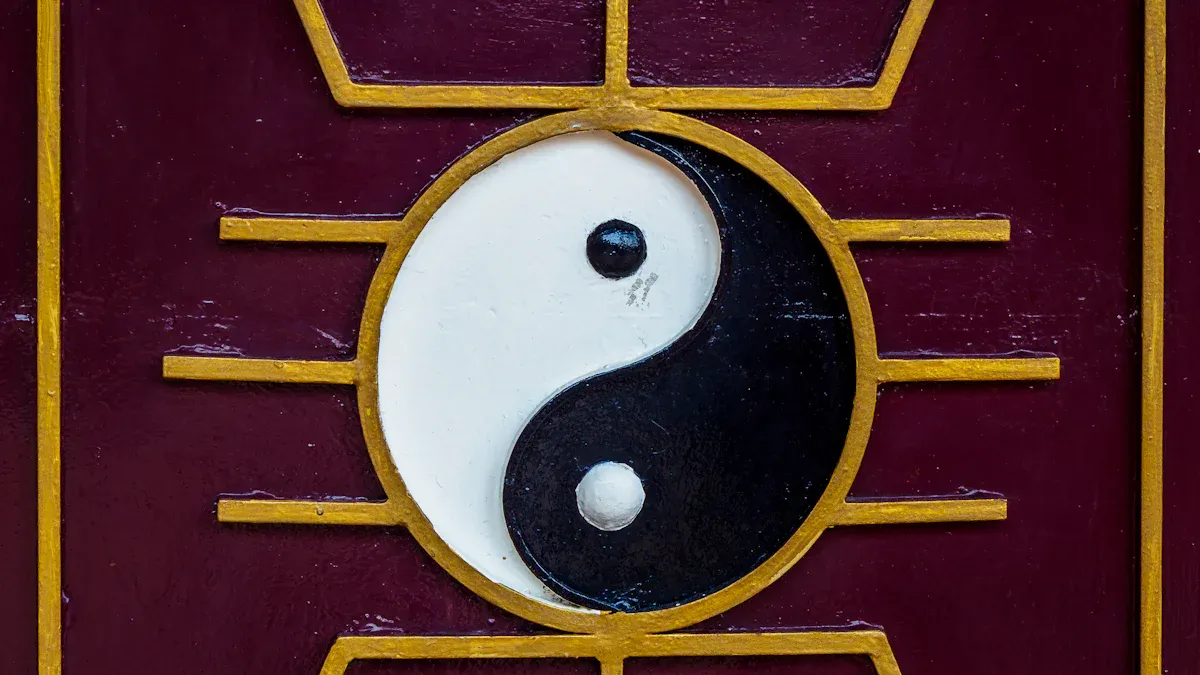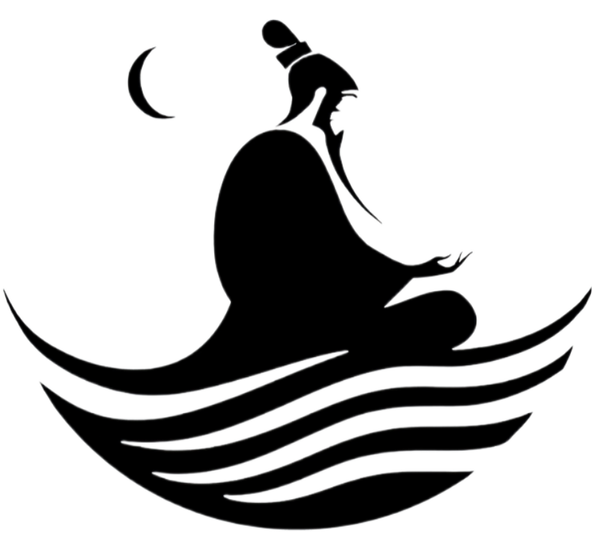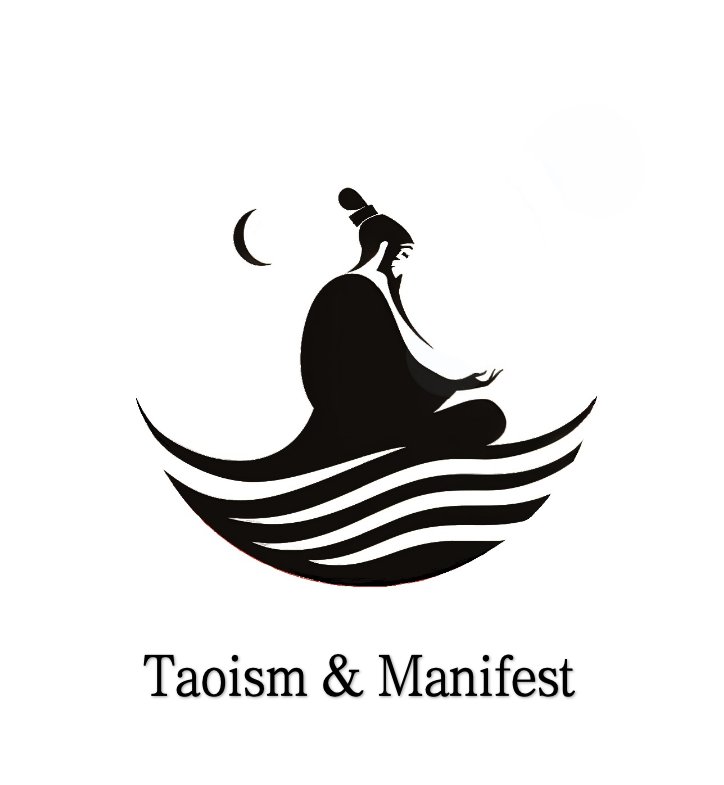
Many non-native speakers master Taoism by studying ancient texts, even if they do not speak Chinese. The Tao reveals a path filled with wisdom, kindness, and compassion. Taoist teachings encourage people to seek the eternal Tao in their daily lives. Each book supports non-native speakers as they master Taoism, blending mindfulness with harmony in nature. Compassion and mindfulness guide individuals along the Taoist path. The philosophy of Tao values simplicity, and this principle endures through time. (To explore how Taoism can influence broader aspects of life, see relevant article: Discover the Minimalist Travel through Taoist Wisdom )
The philosophy of Tao invites everyone, including non-native speakers, to master Taoism by following the path with an open heart.
Key Takeaways
Begin learning Taoism with simple books like the Tao Te Ching. These books help you understand the main ideas.
Learn some basic Chinese sounds and important Taoist words. This will help you read better and say words correctly.
Try reading a little at a time and look at different translations. These steps will help you understand more.
Join groups, online forums, or find friends to talk about Taoism. Sharing ideas and helping each other makes learning easier.
Practice Taoist values every day by meditating and being mindful. Spend time in nature to feel calm and balanced.
The Most Suitable Taoist Texts for Non-Native Speakers

Tao Te Ching and Classics
Many people start learning Taoism with the Tao Te Ching. Lao Tzu wrote this important book. It is full of Taoist wisdom. The Tao Te Ching uses easy words but shares deep thoughts. The first chapter feels strange but also welcoming. This book teaches that the Tao is in all things. It tells people to be kind, patient, and balanced. (For practical applications of Taoist principles in urban settings, see relevant article: How Taoism Helps You Slow Down and Enjoy City Life)
If you are new to Taoism, start with the Tao Te Ching. Stephen Mitchell’s version is famous for being clear and poetic. Other good versions are by Ursula Le Guin, Red Pine, and Burton Watson. Reading different English versions helps you see new ideas about the Tao and Te. The I Ching is another old book. It gives advice about change and harmony. Books like The Tao of Pooh and Change Your Thoughts, Change Your Life make Taoist ideas simple and fun.
Tip: Try listening to audiobooks or watching videos about the Tao Te Ching. This can make learning easier and more fun.
Bilingual and Annotated Editions
Bilingual books show both Chinese and English together. This helps readers compare the two languages. James Legge’s bilingual book is known for being careful and clear. Newer versions, like Stephen Addiss’s, are praised for being correct and poetic. (To understand more about the impact of language on understanding Taoism, see relevant article: Taoism Methods for Improving Luck and Creating Blessings)
Annotated books have notes that explain Taoist ideas like Tao, WuWei, and Te. These notes help non-native speakers understand better. Annotations also help explain cultural differences. They give new ways to think about the Tao. By reading different versions and annotated books, you can find many meanings in Taoist texts.
Language Basics
Essential Chinese for Taoism
Knowing some Chinese words helps you read Taoist books. Pinyin is a way to write Chinese sounds with English letters. If you learn pinyin, you can say Taoist words the right way. Pinyin has consonants, vowels, and tones. Each part can change what a word means. You get better at saying words by practicing and listening to native speakers.
There are many online tools that help you learn pinyin. Traverse and Mandarin Blueprint use mind maps and flashcards. These help you remember the sounds. You can also record your voice and listen to native speakers. This helps you feel sure and say words correctly.
Tip: Listen to native speakers and copy how they talk. Do not use English sounds for Chinese words. This makes you sound more like a native speaker.
Some good tools for learning pinyin and how to say words are:
Chinese Pronunciation Wiki Pinyin Chart has audio for every sound and tone.
Yabla Pinyin Chart shows all the syllables and tones.
YouTube videos show how to move your mouth for each sound.
ChinesePod app tells you how to say each sound clearly.
WuKong Education’s pinyin chart helps beginners step by step.
Vocabulary Resources
Taoist books use special words like Tao, WuWei, and Te. Learning these words helps you understand the main ideas. Many websites and apps teach Taoist words. They give you word lists, flashcards, and example sentences.
Some people join online groups or forums to ask about new words. Others use AI Q&A tools to get answers fast. Talking with native speakers also helps you learn. These ways make learning Taoist words fun and simple.
Note: Keep a small notebook of Taoist words and phrases. This helps you review and remember important words.
Reading Strategies
Step-by-Step Approach
A clear plan helps readers understand Taoist wisdom. Many people begin with a short section of the text each day. They read slowly and think about the meaning. Some write down new words or ideas in a notebook. This habit makes the study of the text easier and more enjoyable.
Readers often start with the Tao Te Ching. They read one chapter, then pause to reflect. They ask questions like, “What does this say about the tao?” or “How does te show up in daily life?” By taking small steps, readers build a strong foundation. They do not rush. They let each interpretation grow over time.
Tip: Try reading with a friend or in a group. Sharing ideas brings new understanding and makes learning fun.
Compare Translations
Comparing different translations gives readers a deeper view of Taoist texts. Each translator brings a unique interpretation. Some focus on poetic style, while others highlight practical advice or historical details. No single translation can show every part of the tao or te.
Comparing translations shows how culture and language shape interpretation.
Each version offers new insights, such as spiritual meaning or scholarly depth.
Readers can choose a translation that fits their goals, like learning or meditation.
This method uncovers hidden details in the text and helps readers see the tao from many angles.
By looking at several translations, readers notice how words change meaning. They see how the study of the text becomes richer. This approach helps everyone find their own path to understanding the tao and te.
Master Taoism as a Non-Native Speaker
Use Commentaries and Forums
Many people who do not speak Chinese use commentaries. These books explain what each line means. Commentaries show how old ideas fit into daily life. Some writers talk about the eternal tao and what it means. Others explain how humility and virtue are in every chapter.
Online forums let people ask questions and share ideas. People talk about mercy and the eternal tao. They discuss how the philosophy changes their actions. Dictionaries and glossaries help with new words. Readers can look up terms to learn more about them.
Tip: Join a forum or group online. Ask questions and share your thoughts. This helps you learn many views of the philosophy.
Study Groups and Partners
Study groups help people learn taoism in a fun way. People meet to read, think, and practice together. They learn that the philosophy is not just reading. It is about living with mercy, humility, and balance.
Study groups do things like calligraphy and tai chi. These activities show the philosophy through art and movement.
Members talk about their feelings and what they learn. They see that the philosophy is about changing inside and finding peace.
The group helps each person let go of old ideas. They grow in body, mind, and spirit.
Taoist teachings use stories and pictures. These help everyone see the philosophy in new ways.
A study partner can make learning easier. Partners read together and talk about the eternal tao. They help each other see the philosophy in daily life. They remind each other to stay present and open.
Taoism teaches that each person must find their own understanding. People’s views are shaped by culture and history. True mastery comes from living the philosophy, not just reading it. The philosophy asks people to be clear, flexible, and present. It tells everyone to let go of pride and see the world in a new way.
Note: The Taoist community welcomes all people. Sharing ideas helps non-native speakers learn taoism and find their own path to the eternal tao.
Apply Taoism Daily

Practice and Reflection
People can use Taoist philosophy in their daily lives. Many begin each day with a simple practice. They might meditate for five minutes in the morning. This helps calm their mind and makes the day peaceful. Some people focus on their breathing. Others think about a line from a Taoist book. These quiet times help the philosophy become part of life.
A person can also try non-action by not trying to control everything. This gentle way lowers stress and brings more balance. Many people clean their desk or make their schedule simple. This helps them think clearly and stay focused. At night, people look back on their day. They notice when they felt calm or tense. They ask how the philosophy changed their actions and thoughts.
Tip: Use a small journal to write about your day. This helps you see your growth and understand the philosophy better.
Mindfulness and Nature
Mindfulness is very important in Taoist philosophy. People practice mindfulness by doing one thing at a time. They might take short breaks, stretch, or breathe deeply. These small acts help them stay in the moment.
Nature is also important in Taoist practice. Many people go outside and watch the sunrise or listen to the wind. They see the simple beauty in nature. This helps them feel calm and balanced. Meditation and mindfulness lower stress and help people feel better. People who follow Taoist philosophy often feel kinder and more aware of their feelings.
Note: Everyone can find their own way to practice mindfulness. The philosophy asks people to be patient and to watch, not judge. Small steps each day lead to lasting peace.
Non-native speakers can master Taoism by choosing the right texts, learning basic Chinese, and using helpful reading strategies. Many people have seen real benefits from Taoist study, such as better health, less stress, and more balance in life. Some cancer patients and Western learners improved their well-being through meditation and daily practice. Taoist ideas also help people feel calm and strong during hard times.
Explore core Taoist ideas like Tao, Yin and Yang, and WuWei.
Read classic texts such as the Tao Te Ching and Zhuangzi.
Try meditation, Tai Chi, or Qigong to feel Taoist wisdom.
Live with harmony and balance each day.
Join Taoist communities for support and learning.
Stay patient and curious. Every small step brings deeper understanding and joy on the Taoist path.
FAQ
What is the best Taoist book for beginners?
The Tao Te Ching works well for beginners. This book uses simple words and deep ideas. Many people find it easy to read and understand. Readers can start with one chapter each day.
Can someone learn Taoism without knowing Chinese?
Yes! Many high-quality English translations exist. Bilingual editions help too. Readers can use pinyin and vocabulary tools. They can also join online groups for support.
How can someone practice Taoism every day?
People can meditate, walk in nature, or write in a journal. Simple acts like breathing deeply or being kind show Taoist values. Small daily steps help build understanding.
Why compare different translations of Taoist texts?
Each translator sees the text in a new way. Comparing versions helps readers find new meanings. This method gives a richer view of Taoist wisdom.
Are there online communities for Taoist learners?
Yes! Many forums and study groups welcome new learners. People share ideas, ask questions, and support each other. Joining a group makes learning more fun. 😊






